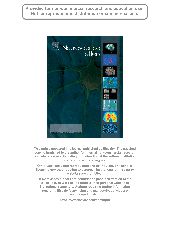摘要
ERP studies have revealed that for alphabetic languages letter/speech-sound integration develops with brain maturation and reading instruction over a relatively long period of time. Experienced adult readers associate letters and speech sounds automatically, as indexed by enhanced mismatch negativity (MMN) to simultaneously presented stimuli, but reveal attenuated MMN when the speech sound stimuli are presented with a delay. Chinese as a logographic language differs substantially from alphabetic languages and therefore integration processes might be characterized by unique timing mechanisms. In the present study, MMN was used to investigate the timing and automaticity of association between characters and lexical tones in adult native Chinese speakers. A character was presented simultaneously with a lexical tone, or with either a 100 ms stimulus onset asynchrony (SOA) or a 200 ms SOA in separate conditions. MMN was enhanced when the character and the lexical tone were presented with 100 ms SOA, while no significant MMN enhancement was observed with simultaneous presentation or with 200 ms SOA. These results suggest that the automatic association of characters and lexical tones in experienced Chinese adult readers requires more processing time than for alphabetic languages. These results highlight critical differences between fundamental reading processes across different writing systems. The neural differences between alphabetic and logographic languages for letter/character and speech-sound/tone integration need to be taken into consideration when considering past and future research on reading processes in these languages and especially for investigations of reading disorders, such as developmental dyslexia.
- 出版日期2012-10-3
- 单位四川大学
